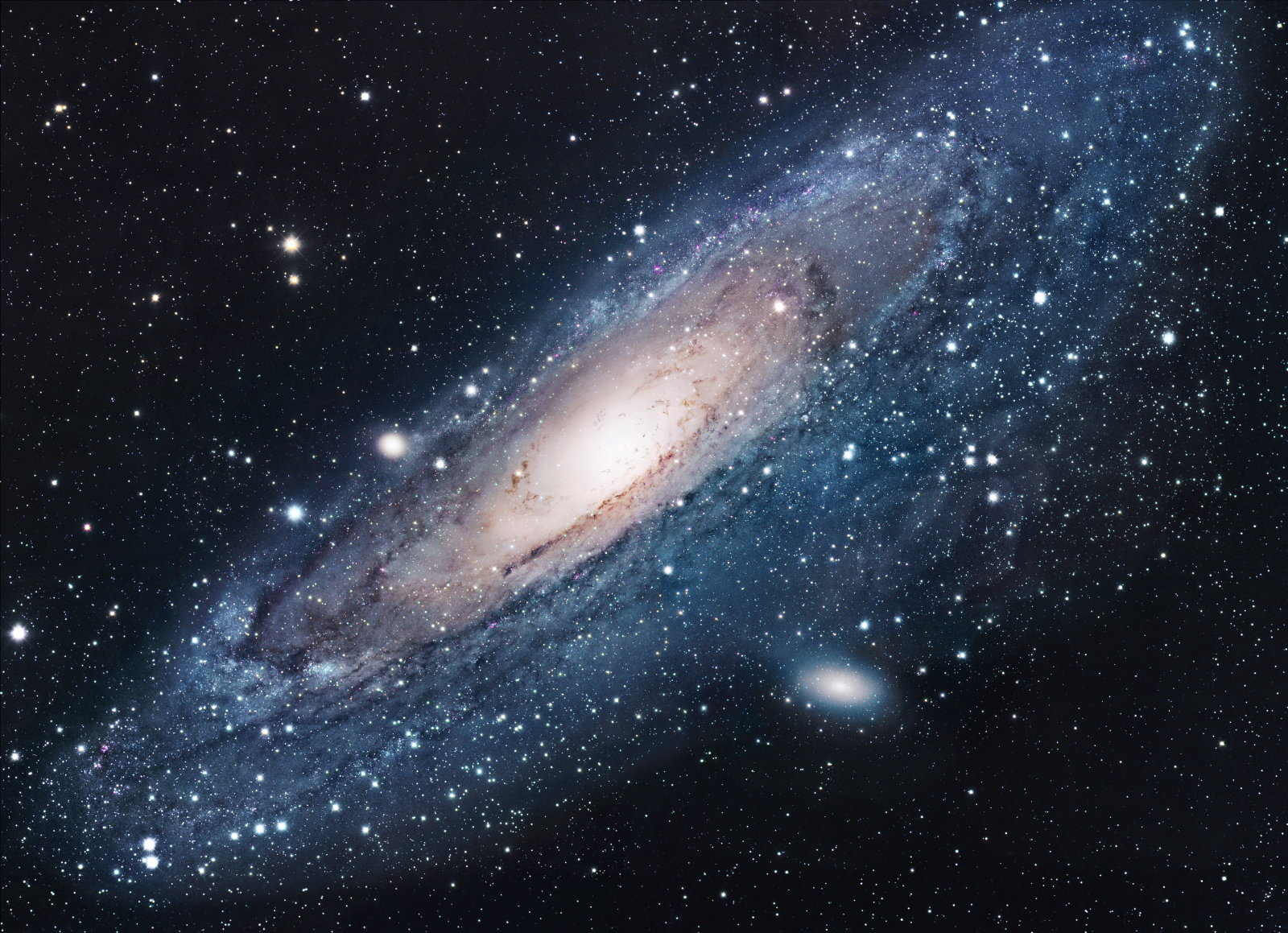
The human experience is paradoxical; our minds are infinite, as vast as the universe itself, while our bodies are finite, grains of sand tossed by the tides and winds of time. We collectively use our imagination to explore the far reaches of Universe, plunging the mysteries of space and time and exploring the largest and the smallest of things. And yet, each individual life is very short, the mere blink of an eye when reckoned in cosmic time.
For us, time can feel still; the seconds tick and the hours tock under our watchful eyes as we race to get to the pharmacy before it closes to pick up some Advil; meanwhile, the heavens spin in ceaseless movement, gravity reaching across the Universe faster than light, forming a taught, interconnected web of billions of immense galaxies stretching to fill endlessly expanding space. And this is just what we can observe, a mere five percent of what’s out there.
As for what’s in here; from a cellular perspective we can only estimate. In each body human cells number about 40 to 50 trillion, and add to that an equal or larger number of what we’d call “non-human” cells. In each gut alone thrives an entire garden of bacteria and microscopic beasts, feeding, growing, reproducing and dying by the billions every day, sight unseen; to them we are the Universe.
And we can continue deeper yet, plunging into the very essence of matter, our seemingly solid selves revealed as mostly empty space, our elemental bits and pieces reduced to atoms, particles, quarks and finally near-nothing pulsating fields of energy forming momentarily persistent patterns our consciousness identifies as “self.” There is so little of us that Neutrinos by the billion pass right through us unimpeded, like floating motes of dust moving swiftly through a shadow. And yet, and yet…who is that we see in a mirror?
This is the middle ground, the middle ground of mind. It is here that thoughts call upon our direct sensory perception, memory is built and experience remembered. This is also the ground upon which we erect a subjective palace of identity, not one of stones and mortar, but of ideas built upon ideas; a visionary, recursive, self-illuminated, imaginative mental process that leaves no trace behind, like the trail of bird in the sky. Our thoughts, our deeply held and most valued opinions, the varied artifacts of consciousness and identity itself are themselves all invisible, yet somehow we grasp them tightly for dear life. The past is nothing but memory and the future nothing but fantasy; the middle ground of present turns out be next to nothing. And yet, and yet.
Between 200 and 800 A.D. the ancient Hwa-Yen Buddhists of China mapped our middle ground of being, describing existence as having six simultaneous, non-obstructing, interpenetrating qualities: Universality and Particularity (whole and part), Sameness and Difference (in-common and unique), Integration and Disintegration (joined and separated). We inhabit the present – a transitional moment of timeless duration – “now” – which is actually the expression of the six qualities of being.
The middle ground is resonance – consciousness – neither this nor that, but something in between: a paradox. For we, dear one, are not in the Universe, or for that matter of the Universe. We are the Universe itself.